Improving the counseling intake and assessment process
- Focus on the purpose
- Create an intake system
- Prioritize information privacy
- Coordinate intake assessments in advance
- Automate intake forms
The intake process is a critical step toward forming a solid relationship between a therapist and client. Meeting with a client for the first time is an opportunity to learn about the person, their problems, and their goals. While intake and assessment for counseling is an administrative step before the real work begins, it’s also your first chance to start building rapport with your client.
If you implement your intake assessment process properly, you’ll save time on paperwork, allowing you to focus on the client’s immediate needs during the appointment. Plus, a streamlined intake system helps improve a new client’s first impressions and can go a long way in making them feel comfortable with you.
Consider these tips when designing a system for intake assessment at your counseling practice.
Pro Tip
Jotform lets you collect intake forms and patient health details in line with HIPAA requirements.
1. Focus on the purpose
In the beginning, you might feel a need to know everything about your new client. While more information is essential to establish a solid foundation for your relationship with your client, it’s better to focus on quality over quantity.
The purpose of the counseling intake process is to get an overarching picture of the client’s concerns. Then you can define the focus for the first appointment.
Intake questions should address the problems the client is experiencing and gather any relevant background information. Remember that you can always collect more information at a later time to build on the work from session to session.
It’s helpful to focus on the most notable concerns in the intake process:
- Medical history
- Counseling treatment history
- Symptoms
- Safety/suicide risk
- Previous trauma
- Immediate presenting concerns
2. Create an intake system
An organized workflow is vital for collecting the information you need to support your conversations with the client. When you create a system, you can confidently sit down in each appointment, knowing that you’re prepared for the discussion.
While it takes a little work to systemize your intake process, the long-term benefits you gain are worth all of the effort.
Invest in good software, and create a workflow to ensure that the patient reviews and signs all paperwork and forms before you start a session. This not only helps you start off on the right foot, but it also gives you an opportunity to share information about the limits of confidentiality and informed consent.
3. Prioritize information privacy
As a licensed therapist, your services fall under the Health Insurance Portability and Accountability Act of 1996 (HIPAA). That means you need to make sure you follow privacy and security regulations to protect your client’s information. Neither you nor any members of your team can disclose intake forms, appointment notes, and any other communication without the patient’s knowledge or consent.
The simplest way to maintain privacy is by using HIPAA-friendly software. These services protect patient health information with security features that align with HIPAA regulations.
4. Coordinate intake assessments in advance
Intake forms can take a lot of time, especially if you have a patient with a lot of information to share. Instead of sitting with the patient to fill out the forms together during the first meeting, provide a digital intake assessment counseling form before the client arrives at your office for the first appointment.
The easiest solution is to send a link to the intake forms when the client schedules the appointment. Then you can turn your attention to the most relevant and effective conversations when meeting with the client. Plus, reviewing intake forms before the discussion allows you to prepare follow-up questions based on the information they’ve already provided.
5. Automate intake forms
Stacks of paperwork and endless files can quickly turn into an administrative nightmare in the office. One solution is to use Jotform’s automated tools to streamline your digital process for collecting new client information and conducting assessments.
Form templates are easy to use, and Jotform offers a variety of predesigned options you can customize to match your unique needs. Here are some of the most popular forms for the counseling industry:
Your clients’ form submissions automatically feed into Jotform Tables, giving you a single location for data analysis and review. For example, the healthcare CRM template is a great way to track patient details, appointments, session notes, intake forms, and more.
All of these tools are HIPAA-friendly, with built-in security features to protect the privacy of your clients’ information.
An easy counseling intake system to improve services
Collecting intake assessment counseling forms is a necessary step in providing counseling services. But you don’t have to know coding or website design to create a professional system for your practice.
Use Jotform’s no-code templates to design beautiful forms with ease. You can customize your intake system to gather the most relevant information from each client, and that will help you develop a counseling plan that meets the needs of each of your clients.














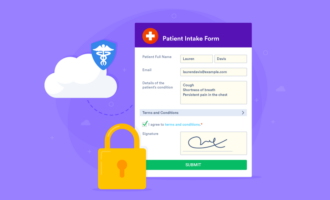






































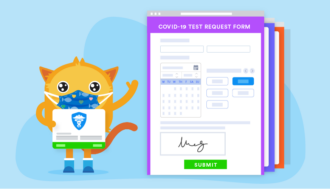






















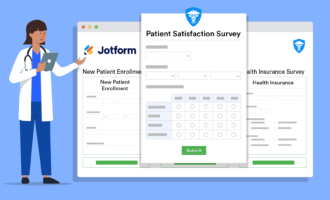





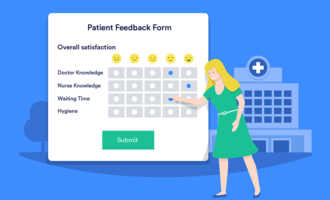



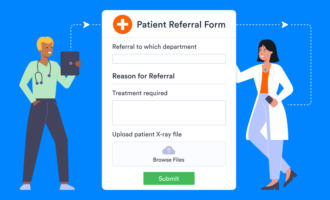






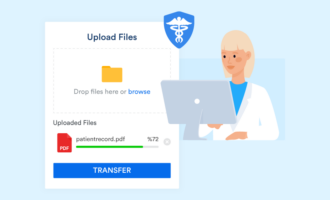




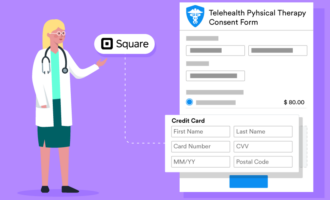




Send Comment:
1 Comments:
More than a year ago
Great advice. I am a student. I am preparing an assessment.